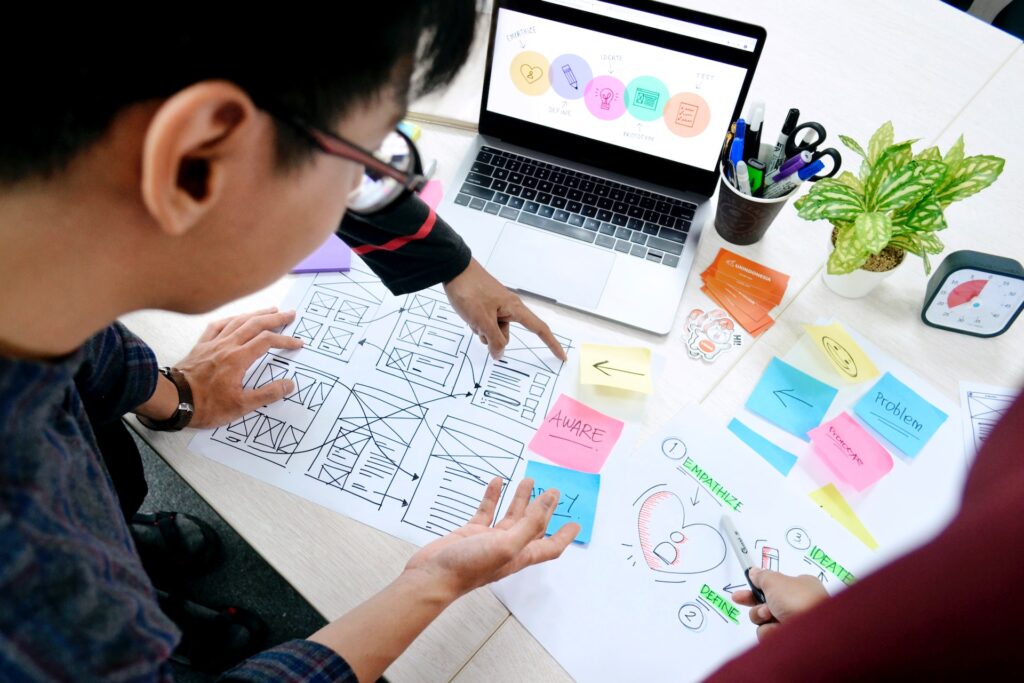Make it Personal: 5 Steps for Usability Testing
Usability testing is one of the most fundamental parts of the overall website design process. These tests involve close observation of selected participants as they maneuver through a site at their own pace for the purpose of identifying any usability issues or problems. Once these issues have been discovered, a brand can determine the participant’s satisfaction with the website or product.
An important element of usability testing is crafting personas that can be studied to gather crucial information, benefiting the user interface and user experience designs. The driving intention is to collect as much data as possible in order to enhance and perfect web usability. Creating realistic representations of your key audience segments involves investing time in user research and web analytics – the more research you do, the better.

A few aspects to consider when designing these personas include: providing the clearest possible picture of the user’s needs and expectations, as well as how they will be interacting with your website or app; describing these personas as though they were real people with full backgrounds, goals, wants and values; zero in and focus on the most important user groups and cater the experience to them.
Providing a real view to the usability testing process, personas lend an actual conversation tone that helps designers create the best experience. Think about it – having a vague goal in place leaves little room for personalization, and makes the entire project more difficult than it should be and can result in wasted time and frustrated efforts. By crafting these “people,” designers, information architects, and writers can ensure that the entire experience is optimized properly (and efficiently).
The persona development process is conducted in the beginning, before the project fully begins, in order to shed light on the site’s functionality or shine the spotlight on new (previously unthought-of) opportunities. Of course, you can create multiple personas, but try to limit yourself to your intended site users in order to make the process as smooth as possible – the goal of crafting these “users” is not to represent every audience and every website need, but to focus on the most important needs of the crucial user groups.
Therefore, the persona process should look like this:
1. Conduct user research
Who are your users? Why are they interacting with your website or app? What do they expect from that connection?
2. Condense research
Search for themes that are universal to the system and its users (make sure these are relevant).
3. Brainstorm
Name and organize each group, representing target users.
4. Refine
Separate into further (specific) personas, identifying more characteristics and prioritizing.
5. Make personas realistic
Develop and complete the descriptions of each persona, including motivations and needs. Ensure that this is relevant and serious.
Related Articles
Navigating Usability Testing for Effective UX Design
June 19, 2024
The Future of User Experience
March 18, 2023



